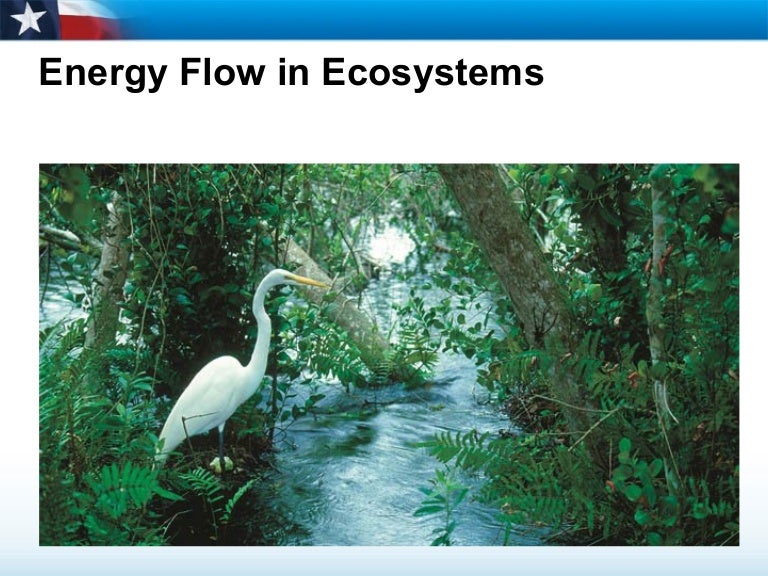
Which of the following is true for all exergonic reactions?
#COURSENOTES AP BIO CHAPTER 8 FREE#
The mathematical expression for the change in free energy of a system is ΔG =ΔH - TΔS. Metabolism consists of all the energy transformation reactions in an organism Which of the following is true of metabolism in its entirety in all organisms? Which of the following is the smallest closed system? Which of the following is an example of potential rather than kinetic energy? Has occurred in accordance with the laws of thermodynamics Which of the following types of reactions would decrease the entropy within a cell?īiological evolution of life on Earth, from simple prokaryote-like cells to large, multicellar eukaryotic organisms, Which of the following statements is representative of the second law of thermodynamics?Ĭells require a constant input of energy to maintain their high level of organization Which of the following statements is a logical consequence of the second law of thermodynamics?Įvery chemical reaction must increase the total entropy of the universe Whenever energy is transformed, there is always an increase in the How does this relate to the second law of thermodynamics?Īs a consequence of growing, organisms cause a greater increase in entropy in their environment than the decrease in entropy associated with their growth Living organisms increase in complexity as they grow, resulting in a decrease in the entropy of an organism. The organism ultimately must obtain all of the necessary energy for life from its environment

Which of the following is a statement of the first law of thermodynamics?įor living organisms, which of the following is an important consequence of the first law of thermodynamics? They consume energy to build up polymers from monomers Which of the following is (are) true for anabolic pathways? Which term most precisely describes the cellular process of breaking down large molecules into smaller ones?


 0 kommentar(er)
0 kommentar(er)
